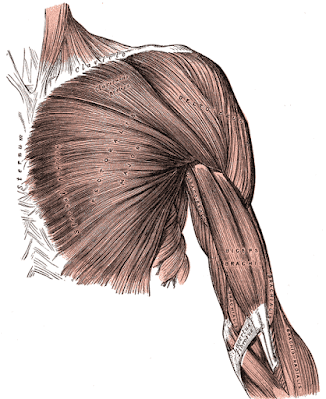The strength of both our muscles and bones is what enables us move through the world, whether we are taking a long hike in the mountains, carrying a bag of groceries, or just getting out of bed in the morning. Unfortunately, the natural aging process affects the strength of both, as I will describe in detail below. And because both your muscles and bones contribute to your overall strength, loss in one is typically associated with loss in the other. I think it’s important to understand this because you can use yoga to maintain the strength of both your muscles and your bones, which can make a big difference in your life. (My post earlier this week Yoga for Healthy Aging Strength Sequences provides a whole selection of different sequences you can practice that will help build both muscle and bone strength.)
3. Environmental factors. Scarcity of healthy food (malnutrition, for example, worsens skeletal muscle atrophy) and environmental toxins are the most obvious environmental factors that can contribute to loss of strength, so if possible, try to keep yourself protected.
Although skeletal muscle atrophy is caused by aging itself, other factors, such as muscle disuse (sedentary lifestyle, joint injuries, arthritis, strokes), certain illnesses that affect nerve and blood supply to muscles or have other negative effects on muscles (diabetes, cancer, and chronic infections like HIV/AIDS, to name just a few), and medications that can weaken or damage muscles (such as prednisone and chemotherapy agents) can accelerate this process. So if you have any of these conditions, using yoga to address them—whether that means by simply starting to move again or by actively improving your health, such as improving diabetes control through stress management and exercise—could slow down loss of strength over time.



